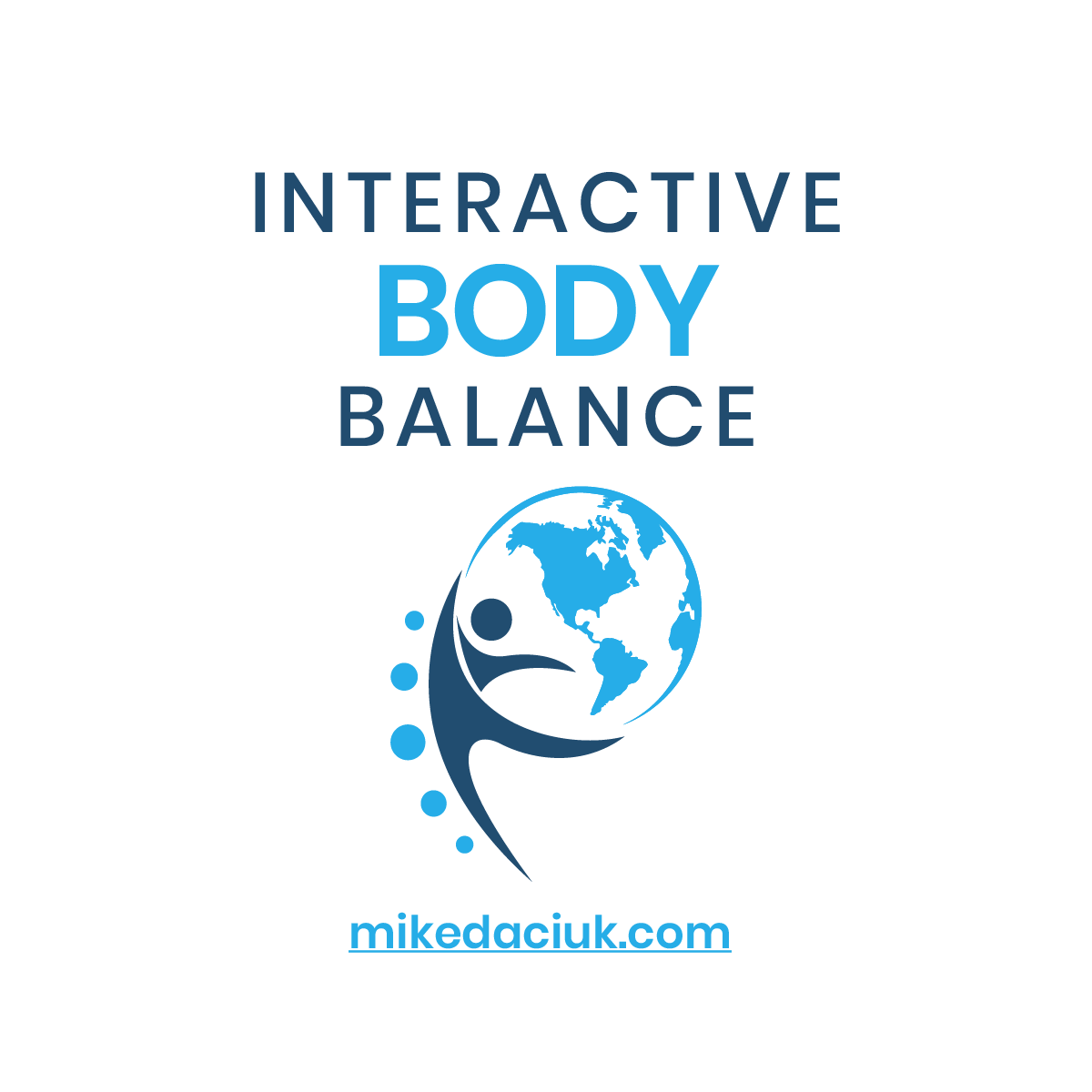So here is my advice for getting optimal levels of vitamin D:
- 1. Get tested for 25 OH vitamin D. The current ranges for “normal” are 25 to 137 nmol/L or 10 to 55 ng/ml. These are fine if you want to prevent rickets – but NOT for optimal health. In that case, the range should be 100 to 160 nmol/L or 40 to 65 ng/ml. In the future, we may raise this “optimal” level even higher.
- 2. Take the right type of vitamin D. The only active form of vitamin D is vitamin D3 (cholecalciferol). Look for this type. Many vitamins and prescriptions of vitamin D have vitamin D2 – which is not biologically active.
- 3. Take the right amount of vitamin D. If you have a deficiency, you should correct it with 5,000 to 10,000 IU of vitamin D3 a day for 3 months — but only under a doctor’s supervision. For maintenance, take 2,000 to 4,000 IU a day of vitamin D3. Some people may need higher doses over the long run to maintain optimal levels because of differences in vitamin D receptors, living in northern latitudes, indoor living, or skin color.
- 4. Monitor your vitamin D status until you are in the optimal range. If you are taking high doses (10,000 IU a day) your doctor must also check your calcium, phosphorous, and parathyroid hormone levels every 3 months.
- 5. Remember that it takes up to 6 to 10 months to “fill up the tank” for vitamin D if you’re deficient. Once this occurs, you can lower the dose to the maintenance dose of 2,000 to 4,000 units a day.
- 6. Try to eat dietary sources of vitamin D. These include:
- • Fish liver oils, such as cod liver oil. One tablespoon (15 ml) = 1,360 IU of vitamin D
- • Cooked wild salmon. (3.5) ounces = 360 IU of vitamin D
- • Cooked mackerel. (3.5) ounces = 345 IU of vitamin D
- • Sardines, canned in oil, drained. (1.75) ounces = 250 IU of vitamin D
- • One whole egg = (20) IU of vitamin D
Vitamins D and K: ‘The Gatekeeper and the Traffic Cop’
One of the undisputed benefits vitamin D provides for you is improved bone development by helping you ABSORB calcium. This is not news — we have known about vitamin D and the absorption of calcium for many decades.
But there is new evidence that it is the vitamin K (specifically, vitamin K2) that directs the calcium to your skeleton, while preventing it from being deposited where you don’t want it — i.e., your organs, joint spaces, and arteries. A large part of arterial plaque consists of calcium deposits (atherosclerosis), hence the term “hardening of the arteries.”
Vitamin K2 activates a protein hormone called osteocalcin, produced by osteoblasts, which is needed to bind calcium into the matrix of your bone. Osteocalcin also appears to help prevent calcium from depositing into your arteries.
You can think of vitamin D as the gatekeeper, controlling who gets in, and vitamin K as the traffic cop, directing the traffic to where it needs to go.
Lots of traffic — but no traffic cop — means clogging, crowding, and chaos everywhere!
In other words, without the help of vitamin K2, the calcium that your vitamin D so effectively lets in might be working AGAINST you — by building up your coronary arteries rather than your bones.
There is even evidence that the safety of vitamin D is dependent on vitamin K, and that vitamin D toxicity (although very rare with the D3 form) is actually caused by vitamin K2 deficiency.5
Vitamin K, Vitamin D, and Cardiovascular Disease
When your body’s soft tissues are damaged, they respond with an inflammatory process that can result in the deposition of calcium into the damaged tissue. When this occurs in your blood vessels, you have the underlying mechanism of coronary artery disease — the buildup of plaque — that can lead you down the path to a heart attack.
Vitamin K and vitamin D work together to increase Matrix GLA Protein (or MGP), the protein responsible for protecting your blood vessels from calcification. In healthy arteries, MGP congregates around the elastic fibers of your tunica media (arterial lining), guarding them against calcium crystal formation
MGP is so important that it can be used as a laboratory measure of your vascular and cardiac status.
According to Professor Cees Vermeer:6
“The only mechanism for arteries to protect themselves from calcification is via the vitamin K-dependent protein MGP. MPG is the most powerful inhibitor of soft tissue calcification presently known, but non‐supplemented healthy adults are insufficient in vitamin K to a level that 30 per cent of their MGP is synthesized in an inactive form.
So, protection against cardiovascular calcification is only 70 per cent in the young, healthy population, and this figure decreases at increasing age.”
As you would predict, scientific studies confirm that increased dietary intake of vitamin K2 does indeed reduce your risk for coronary heart disease:7
- In 2004, the Rotterdam study was the first study demonstrating the life-extending effects of vitamin K2. People who had the highest intake of vitamin K2 had 50 percent lower risk of death from coronary heart disease and calcification than people with the lowest intake of vitamin K2.
- In a subsequent study called the Prospect study, 16,000 people were followed for 10 years. Researchers found that each additional 10 mcg of vitamin K2 in the diet resulted in nine percent fewer cardiac events.
- Animal studies show that vitamin K2 not only prevents hardening of the arteries but can actually reverse calcification of highly calcified arteries by activating MGP.
- People with severe calcifications have high percentages of inactive osteocalcin, which indicates a general deficiency of vitamin K2.
http://articles.mercola.com/sites/articles/archive/2011/03/26/the-delicate-dance-between-vitamins-d-and-k.aspx



